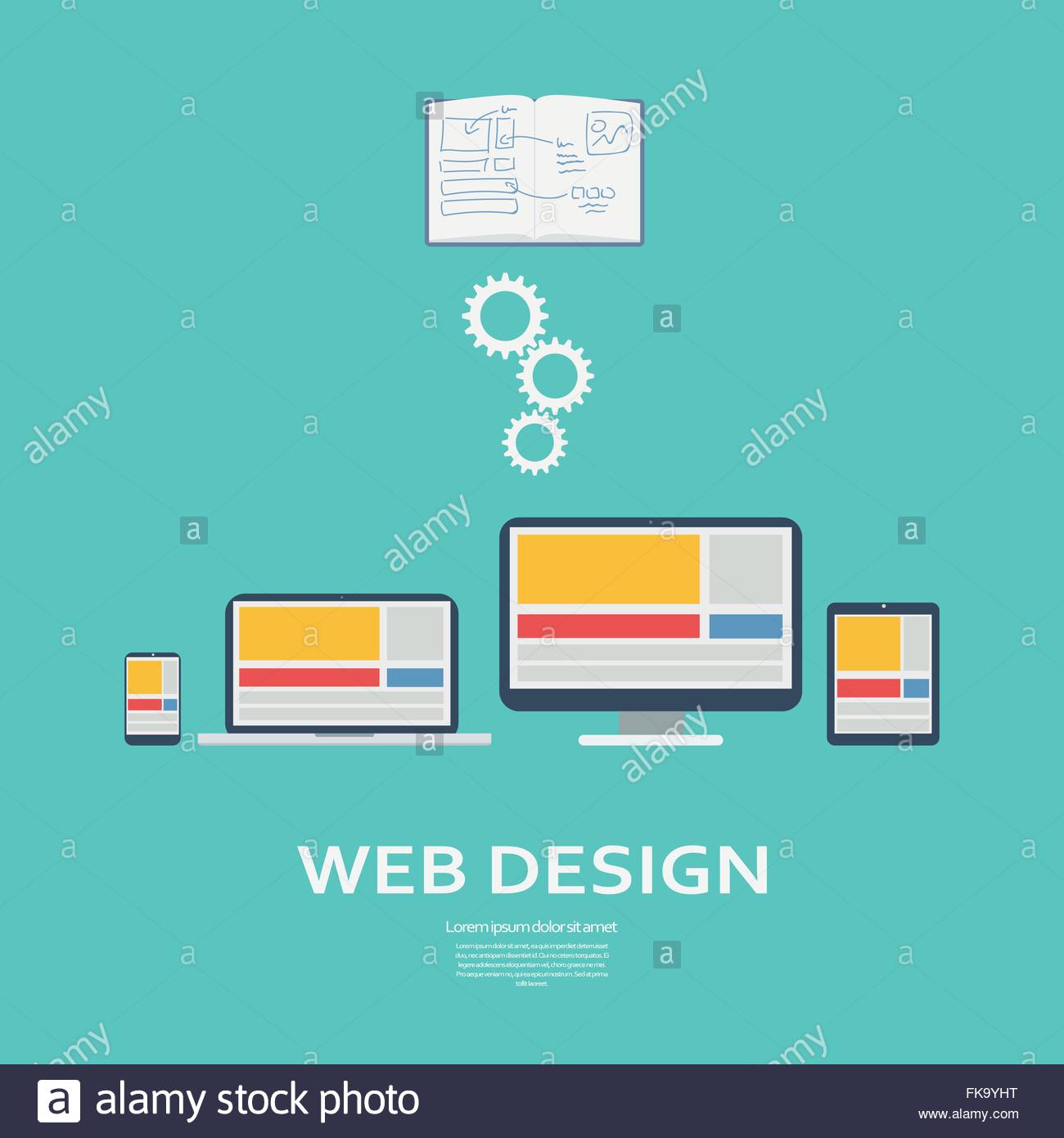Essential Elements Of Website Design: Standards For Developing A User-Centric Site
Essential Elements Of Website Design: Standards For Developing A User-Centric Site
Blog Article
Post Writer-Le Neville
When it comes to site layout, making sure user-friendliness is key. From responsive layout to streamlined navigation, every aspect plays a critical function in developing a site that satisfies your audience's demands. But what concerning the better details that can make or damage a customer's searching experience? Keep tuned as we discover some often-overlooked suggestions that can elevate your website's usability to the next degree, making it genuinely stand apart in the electronic landscape.
Significance of Responsive Layout
Responsive layout is a crucial aspect of modern site development. Guaranteeing your site is receptive methods that it can adapt to various display sizes and tools, providing a smooth experience for individuals.
With the increasing use of smartphones and tablets to access the web, having a responsive style is crucial for getting to a larger audience. It helps in improving individual experience by making your site easy to browse and keep reading any kind of tool.
Additionally, responsive design can positively influence your internet search engine rankings, as online search engine like Google prioritize mobile-friendly internet sites. By having a responsive design, you're additionally future-proofing your site, as new tools with varying screen sizes remain to emerge.
Simplify Navigating Structure
To enhance user experience and facilitate very easy access to info on your website, enhancing the navigation structure is critical. When developing your site, focus on producing a clear and intuitive navigation food selection that helps visitors locate what they're looking for quickly.
Limit the variety of food selection products to the essentials, grouping associated pages with each other to stay clear of frustrating individuals. Usage descriptive tags that plainly suggest the web content of each page, making it simpler for users to understand where each web link will take them.
Consider implementing dropdown menus for subcategories to avoid littering the main navigation bar. In addition, consist of a search bar plainly on the page for customers that favor looking for certain info.
Prioritize mobile responsiveness in your navigation style to guarantee very easy accessibility on all tools.
Maximize Page Tons Rate
Improving web page load speed is important for maintaining visitors on your web site. Slow-loading web pages frustrate customers and can lead to high bounce rates. To maximize web page tons speed, start by maximizing pictures. Press images without compromising top quality to reduce their data dimensions.
Additionally, make browse around this website for browser caching to save often accessed sources locally, speeding up lots times for returning site visitors. Minify CSS, JavaScript, and HTML data by removing unneeded characters, remarks, and formatting, improving lots rate.
Take into consideration making use of a content delivery network (CDN) to disperse your site's material throughout several web servers worldwide, reducing latency for individuals accessing your website from various places. you can try this out but not least, restrict using third-party manuscripts and plugins, as they can substantially affect lots times.
Final thought
In conclusion, by including receptive layout, streamlining navigation, and maximizing web page load rate, you can produce an user-friendly website that interest a wider audience and boosts individual experience. These essential elements ensure that visitors can easily gain access to and navigate your site across different tools, bring about enhanced interaction and complete satisfaction. By concentrating on these crucial aspects, you can develop a successful website that keeps customers returning for even more.
